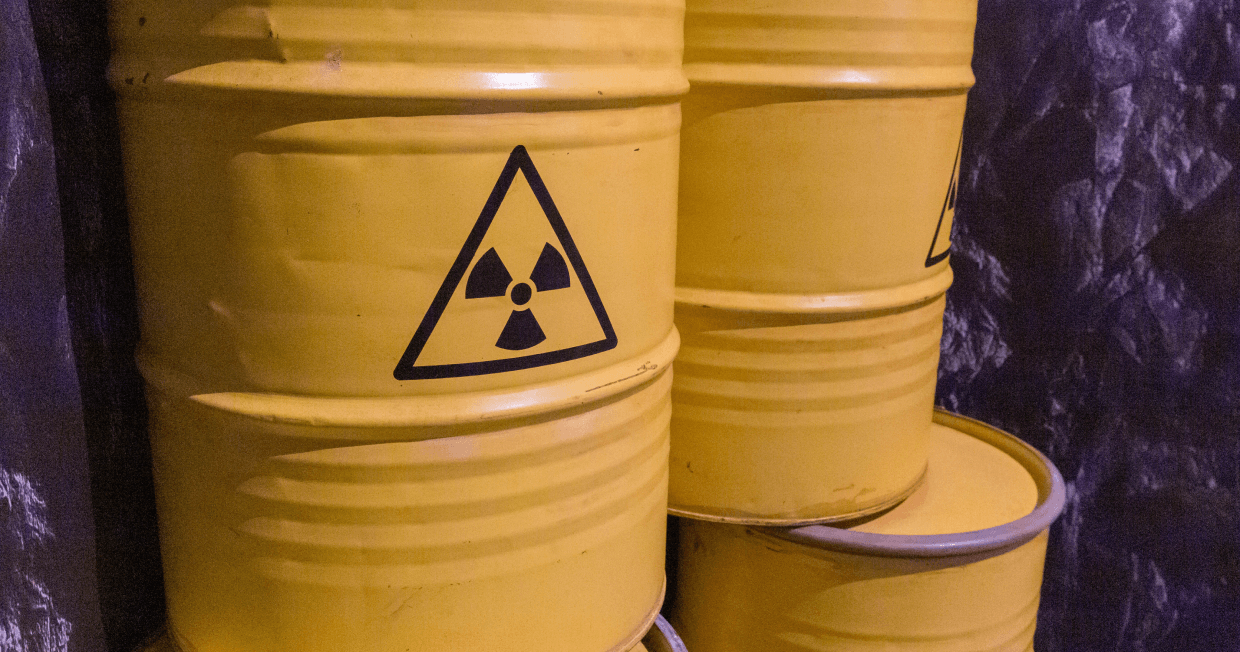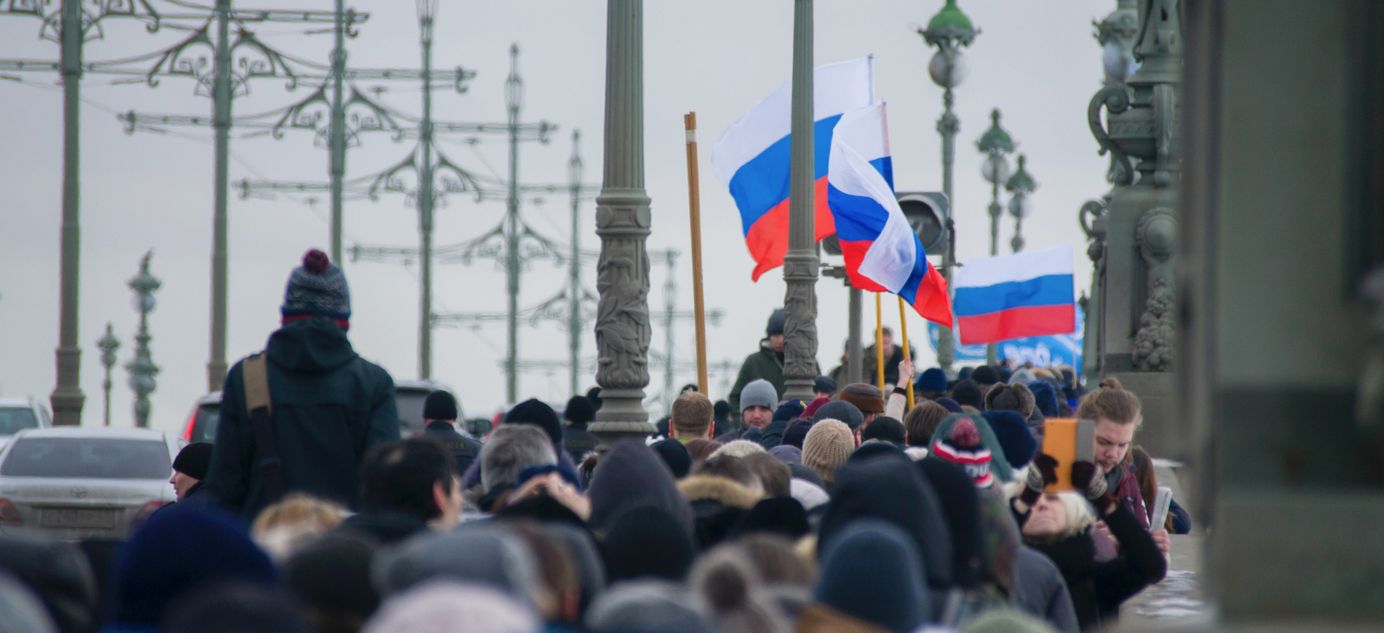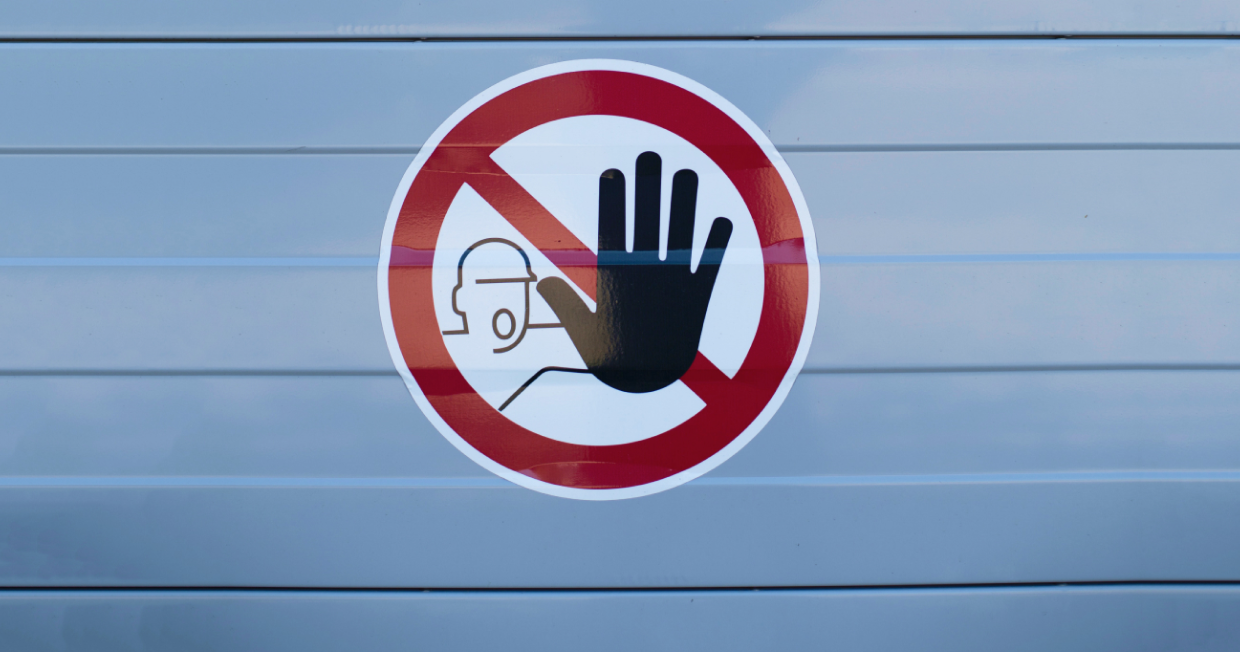
Russian statements raise fears of catastrophic false-flag attacks
Over the past week, tensions have escalated over the possibility of a Russian retreat from southern Ukraine. The pro-Moscow authorities of Kherson announced a mass evacuation of civilians to the opposite side of the Dnipro, and tens of thousands of people have already been moved. At the same time, the Russian military accused Ukraine of plotting war crimes: destroying a hydroelectric dam that would flood Kherson and 80 other cities, or detonating a “dirty bomb” on its own territory. This has given rise to fears that Russia might be planning false-flag operations of its own.

Kherson evacuation and General Surovikin’s hints
Starting last week, the Kherson region’s pro-Russian administration has been calling on civilians to evacuate, with their calls growing louder and more insistent with each passing day.
The head of the administration on Oct. 13 asked the Russian authorities to help prepare for the voluntary departure of Kherson’s civilians to Russia. Moscow promised free housing and social support to those who leave.
Days later on Oct. 18, it was announced that a decision had been taken to evacuation the residents of four frontline districts to the left bank of the Dnipro River, which is still firmly under Russian military control. The next day, the pro-Russian administration itself said its officials were evacuating across the river.
By the end of the week, a note of panic was creeping in. “All civilians must immediately leave the city and cross to the left bank of the Dnipro,” the Kherson administration said in a statement Saturday.
Kherson’s pro-Russian administration said it ordered the evacuation due to an incoming Ukrainian counteroffensive, which would inevitably claim civilian casualties. But that’s not all.
On Oct. 18, Russian state television broadcast the first interview with General Sergei Surovikin since he was put in charge of Russia’s forces in Ukraine. This was a noteworthy occasion, not least because it is the first time a senior military official involved in the “special military operation” has spoken to the public. Surovikin said that the situation in Kherson was “very difficult” and admitted that the Russian military faced “difficult decisions” ahead. Russian propagandists unanimously concluded that these words were referring to a possible retreat from Kherson.
Perhaps the key message of Surovikin’s interview was his direct accusation that Ukraine intended to destroy the dam at the Kakhovka Hydroelectric Power Plant on the “Russian” side of the Dnipro. Russian officials repeated this claim in subsequent days, going as high up the country’s representative to the UN. In response, Ukrainian President Volodymyr Zelensky said that the dam, which has been under Russian control since the first days of the war, was mined by the Russian army and they were the ones who could blow it up.
What happens if the dam breaks?
Built in 1965, the Kakhovka Hydroelectric Power Plant is one of Ukraine’s biggest power plants and its dam encloses about 18 million cubic meters of water. Lying about 60 kilometers from Kherson on the opposite bank of the Dnipro, the plant provides water and electricity to southern Ukraine and its reservoirs help to cool the Zaporizhzhia nuclear power plant. In addition, it supplies water to Russian-annexed Crimea. Ukraine cut off water to Crimea after Russia annexed the peninsula in 2014, but Moscow’s forces were able to turn the taps back on in March after capturing Kakhovka.
According to analysts at Washington’s Institute for the Study of War, it is more likely that Russia would attack the power plant and then blame it on Ukraine. An attack of this sort would divert attention away from Russia’s retreat from the Kherson region. It would also unleash catastrophic flooding, preventing Ukraine from carrying out its offensive across the Dnipro.
From a technical standpoint, it would be much easier for the Russians to blow up the dam while it is under their control. Ukraine would have to rely on missile strikes. The reservoir is made up of three elements: the dam, the power plant and additional locks. Ukrainian experts believe that only the latter two are vulnerable to missile attacks.
The dam itself is very strong and can only be destroyed by setting up explosives “according to a certain scheme,” said Vladislav Seleznev, former speaker of the General Staff of the Ukrainian Armed Forces. Ukrainian officials say that it would be impossible to destroy the dam using the U.S.-supplied HIMARS rocket system, pointing to footage of the damage done to the Antonivskyi Bridge in Kherson city. There, missile strikes had damaged the roadway enough to halt traffic, but the bridge’s structure survived almost intact.
Both sides have warned that blowing up the dam would spark an ecological and humanitarian catastrophe. Zelensky said that if Russian forces blow up the dam, about 80 towns and cities, including Kherson itself, would succumb to rapid flooding. Russia’s representative to the UN said that thousands of civilians would be killed in the event of an explosion at the dam.
Some Ukrainian analysts think that this is an exaggeration. If the power station and locks are destroyed, water will flow downriver for a long time. This will cause greater damage on the Russian-occupied left bank of the Dnipro, but there would not be significant flooding, suggested hydrogeologist Ruslan Gavrilyuk, head of the council of Ukraine’s National Ecological Center. In the event of an explosion, water levels might rise by one or two meters in Kherson and beyond, which he says could hardly be called a disaster.
The “dirty bomb”
For most of the week, attention focused on the threat of an explosion at the Kakhovka power plant. But a new threat emerged on Sunday, as Russia unexpectedly started spreading “information”’ that Ukraine planned to detonate a “dirty bomb” on its own territory. This story originated from a murky article published by state media agency RIA Novosti and quickly spread to the highest official levels. On Sunday, Defense Minister Sergei Shoigu called his counterparts in the U.S., Britain, France and Turkey to warn them of the “bomb” threat.
The first claims of a “dirty bomb” appeared on the RIA Novosti’s website and Telegram channel at 8 a.m. on Sunday. Citing “trustworthy sources in several countries, including Ukraine,” it alleged that Kyiv was “preparing to carry out a provocation on the territory of its country, connected to the detonation of a ‘dirty bomb’ or low-yield nuclear weapon.” The aim was to implicate Russia in the use of weapons of mass destruction and “unleash a powerful anti-Russian campaign in the world.”
According to RIA’s sources, the bomb is to be constructed by the leadership of the Eastern GOK in the Dnipropetrovsk region (Ukraine’s only organization for extracting and processing uranium) and Kyiv’s Institute of Nuclear Research. At the same time, the Ukrainian presidential office is allegedly “carrying out covert contacts” with British representatives to acquire components for a nuclear weapon. This work is already in its final stages, RIA wrote.
A “dirty bomb” usually refers to a primitive radiological weapon, typically a container carrying radioactive isotopes which is detonated using ordinary explosives. This can spread radioactive material across a wide area. Unlike Russia’s tactical nuclear weapons, which are almost certainly under close Western military surveillance, a “dirty bomb” filled with atomic waste can be constructed and transported without attracting attention.
That afternoon, reports of Ukraine’s alleged “nuclear provocation” appeared in Defense Ministry press releases about Sergei Shoigu’s telephone conversations. First, the ministry reported that Shoigu “shared information about a possible provocation from the Ukrainian side using a ‘dirty bomb’” in a phone call with the French defense minister. Shoigu had a similar phone with his Turkish counterpart immediately afterwards. Next was the British defense minister.
Finally, in the evening, Shoigu spoke with Pentagon chief Lloyd Austin. Their reported conversation is the only one without any mention of a “dirty bomb.” Even so, the conversation alone is a worrying sign. Shoigu and Austin had not been in contact since the spring, and now they have spoken twice in the past three days (they previously spoke on Friday, Oct. 21). Russia has previously speculated on the possibility of a Ukrainian “dirty bomb” at the start of the war in late February. At that time, Russian media wrote that Ukraine was preparing to build and detonate such a weapon. This was one of the arguments for the Russian forces’ capture of the Chernobyl nuclear power plant.





